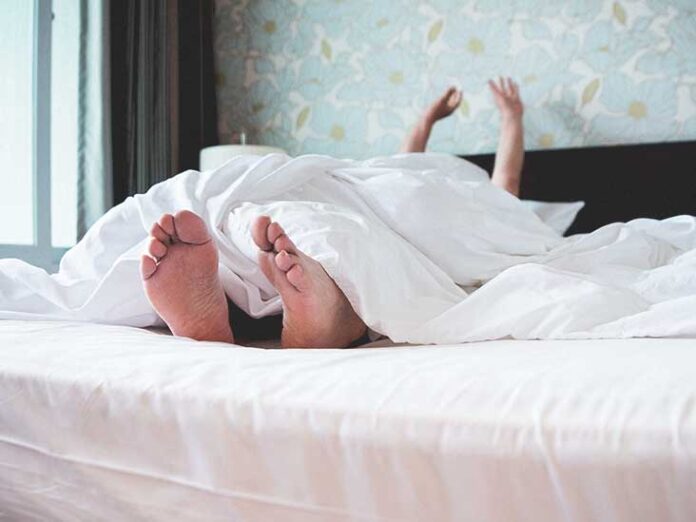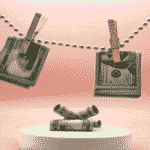Hotel owners try to maintain the cleanliness and quality of their wholesale bedding as much as possible. These beddings get old, damaged, or worn out and need replacing with time. Here is how often hotels should replace their beddings.
When to Replace Sheets
Sheets wear out faster than any other bedding material. Hotels usually buy sheets in bulk quantities. There is no specific time frame as some sheets wear out faster than others.
Sheets have the most direct contact with guests’ skin throughout the night. The best hotels change sheets between guests to protect their reputation and branding.
All hotels don’t have the same rules. Some choose not to change bedding frequently or do so upon request by their guests. The material determines the lifespan of the sheets and if it’s used seasonally, bi-weekly, or daily.
For regular hotels, the life expectancy of quality sheets is 300 wash cycles. Three hundred wash cycles can take a year for a busy hotel, but it can take longer for a less busy hotel.
When to Replace Duvets
Duvets come in different sizes and shapes. They are often filled with feathers, cotton, or a synthetic alternative.
The first sign that hotels need to replace duvets is when they become thin. The filling clumps together and becomes lumpy with age.
Read Also: Top Kitchen Design Trends That Will Dominate in 2022
If the filling is no longer spread evenly, it cannot trap the air required to maintain body temperature.
Most hotels wash duvets every few months and some twice a year. They should replace them every 5 to 10 years, depending on the frequency of use and the material used.
When to Replace Mattress Protectors
A mattress protector is bedding that covers the mattress to protect it. Hotels should replace mattress protectors when they notice holes or tattered and worn areas. They should buy new ones every one or two years or when they show signs of excessive wear and tear.
To increase longevity, hotels need to wash mattress protectors twice a week or after a month (based on the frequency of use). Stick to the manufacturer’s instructions when cleaning mattress protectors.
When to Replace Pillows
Pillows get flat or lumpy with age. Over time, dust mites accumulate even if pillow protectors are used.
After two years in the hospitality or hotel industry, pillows need to be replaced. Replacing pillows will ensure guests get a plush, soft pillow that can facilitate a good night’s sleep.
Hotels should also invest in a washing machine designed specifically for cleaning pillows. Pillow protectors are for reducing staining, but they don’t get rid of dust build-up or prevent the growth of microorganisms inside the pillows. Hotels should clean their pillows monthly or quarterly, depending on the frequency of use.
Protect pillows by using a pillow cover and a pillowcase. Hotels should change pillowcases and pillow protectors during a routine washing or when visibly dirty.
Bedding Materials That Last the Longest
The materials and methods used to make bedding can determine how often it will last. The following types of bedding are recommended for hotel use:
- Sateen
- Percale
- Brushed Cotton
- Linen
- Down comforters and pillows
Tips to Make the Bedding Last Longer
Hotel owners should invest in the best materials to ensure their bedding lasts for a long time. Proper washing and good storage are also essential.
Cleaning
Fabrics that come in contact with skin require cleaning between guests, including pillowcases, sheets, and potentially duvet covers. Mattress protectors can be washed after two weeks unless soiled or stained. Depending on how busy the hotel is, duvet inserts and pillows need to be cleaned after 3 or 6 months.
Use cold water to clean all bedding, especially cotton, as it prevents shrinking. Choose a mild laundry detergent and use a low heat setting when using a dryer to avoid faded coloring.
Storage
Bedding needs to be stored if it’s not going back on a bed immediately after being washing. Keep them in a place with adequate ventilation. Store them in a cloth bag to keep dust out and to let the fabric breathe.
Signs to Replace Hotel Bedding
There is no one-size-fits-all guideline on how often to replace hotel beddings. Here are some general guidelines:
- Signs of yellowing
- The fabric has frays, tears, or holes
- There is an odor even after washing
- Guests complain of having respiratory problems, stuffy nose, itchy skin, or any other allergic reaction when they wake up
- The materials no longer have insulating or cooling abilities
- There is splitting on the bedding
- The pillow cannot be re-fluffed
Choose the Best Wholesale Bedding Supplier
Look for a reputable wholesale bedding supplier with a good track record in the hotel industry. Choosing one with high-quality products made with the finest materials is vital.
Bedding should not interfere with the quality of sleep or the health of the guests. Knowing when to replace bedding is a good standard practice to stay in business.







